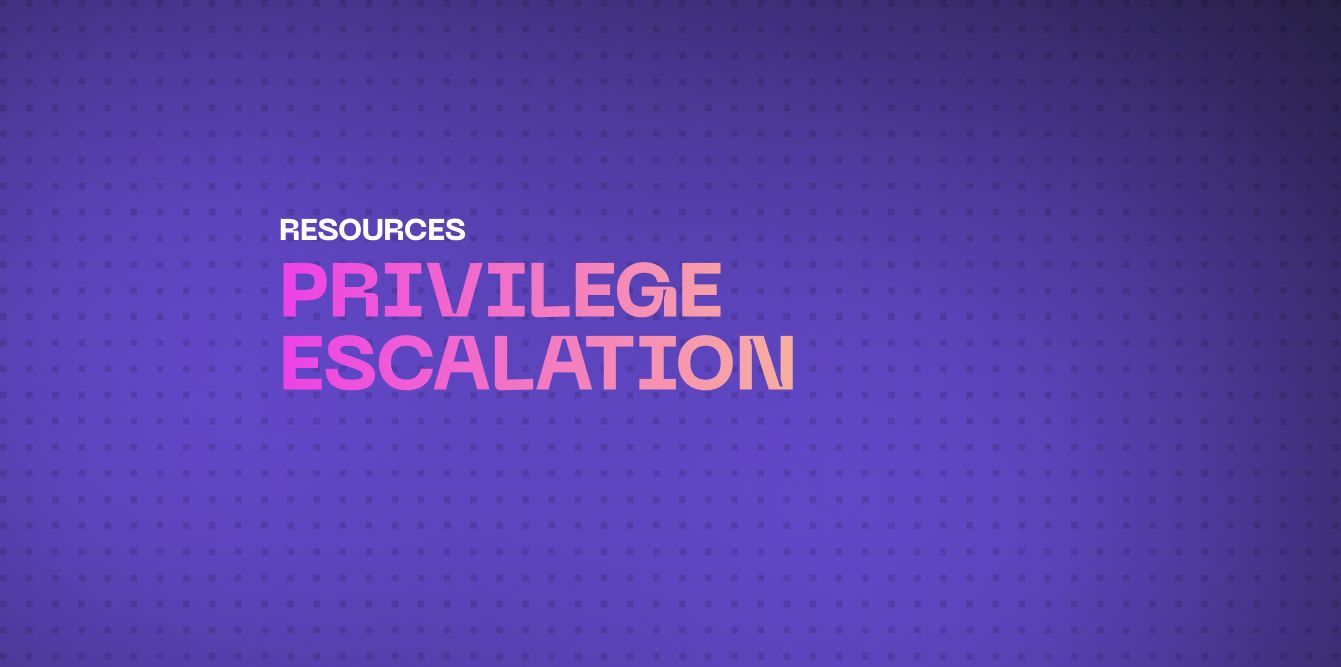What is Privilege Escalation?
In cybersecurity, privilege escalation is a type of attack where a malicious actor exploits system flaws or misconfigurations to gain elevated access to resources that are normally restricted. This attack allows hackers to perform unauthorized actions, potentially compromising the security and integrity of the system. Preventing privilege escalation is crucial to protecting sensitive data and ensuring the integrity of systems.
Types of Privilege Escalation
Privilege escalation attacks generally fall into two main categories:
Vertical Privilege Escalation: In this form, an attacker gains access to higher-level privileges than they are supposed to have. For example, a user with standard access may exploit vulnerabilities to gain administrator-level privileges.
Horizontal Privilege Escalation: This occurs when an attacker gains access to another user’s privileges at the same level. For instance, one regular user might be able to access another regular user's account without permission.
Why Privilege Escalation is Dangerous
Privilege escalation poses significant security risks:
- Unauthorized Access: Attackers can gain access to sensitive information, alter system configurations, or install malicious software.
- Data Breaches: Compromising a higher-privileged account can lead to massive data leaks or corruption.
- Persistence: Once an attacker gains elevated privileges, they can maintain access for long periods, making it harder to detect or mitigate the attack.
- Disruption: Malicious actors may tamper with critical system settings, disable security measures, or launch further attacks from a position of power.
Common Methods of Privilege Escalation
Understanding how attackers exploit systems for privilege escalation is crucial in devising prevention strategies. Some common methods include:
Exploiting Vulnerabilities: Attackers use known software vulnerabilities, like buffer overflow attacks or zero-day vulnerabilities, to elevate privileges.
Misconfigurations: Incorrect permissions on files, services, or applications can be exploited to gain unauthorized access. For instance, if sensitive files are accessible to low-level users, it can lead to privilege abuse.
Weak Passwords: Attackers may attempt to guess or crack weak passwords, gaining control of higher-privileged accounts.
Social Engineering: Phishing attacks or other social engineering tactics can trick users or administrators into divulging credentials or unknowingly granting higher privileges.
Security Risks Associated with Privilege Escalation
When an attacker successfully performs privilege escalation, the consequences can be severe:
- Data Loss: Attackers may delete or alter critical data.
- Spread of Malware: Privilege escalation can give attackers the ability to install malware, which can spread throughout the system.
- Financial Losses: Companies may face financial penalties due to regulatory violations after a breach, along with direct losses from disrupted operations.
- Damage to Reputation: A major cyberattack involving privilege escalation can harm an organization's reputation, leading to a loss of trust from customers and partners.
How to Prevent Privilege Escalation
Preventing privilege escalation requires a multi-layered approach that combines technical controls, regular audits, and user awareness. Here are essential security measures to protect against these attacks:
1. Implement the Principle of Least Privilege (PoLP)
The Principle of Least Privilege ensures that users and applications are only granted the minimum level of access necessary to perform their tasks. This limits the potential damage in the event of an account compromise.
2. Regular Patching and Updates
Many privilege escalation exploits target known vulnerabilities in outdated software. Regularly applying patches and updates ensures that vulnerabilities are fixed and reduces the attack surface.
3. Strong Password Policies
Enforce strong password policies, such as requiring complex passwords and using multi-factor authentication (MFA) to reduce the risk of password-based privilege escalation attacks.
4. Monitor and Audit Permissions
Regularly auditing user permissions and privileges can help detect and correct unnecessary access rights. Automating this process with security tools can reduce the risk of human error.
5. Use Privileged Access Management (PAM)
Privileged Access Management (PAM) solutions help to control and monitor access to privileged accounts. These systems enforce strict policies and provide detailed audit logs, helping to detect and mitigate privilege abuse.
6. Segmentation and Isolation
Network segmentation and application isolation are effective ways to contain attacks. By isolating critical systems from general users, it becomes harder for attackers to escalate privileges and gain access to sensitive areas.
7. Log Monitoring and Incident Response
Implement comprehensive logging and real-time monitoring to detect unusual activities. Privilege escalation attempts often involve suspicious behavior that can be flagged by intrusion detection systems (IDS) or security information and event management (SIEM) solutions.
Conclusion
Privilege escalation is a critical security risk that can lead to severe consequences if not properly managed. By understanding how attackers exploit vulnerabilities and misconfigurations to gain elevated access, organizations can take proactive steps to prevent these attacks. Implementing security measures such as the Principle of Least Privilege, regular patching, strong password policies, and using Privileged Access Management (PAM) tools are essential strategies in protecting systems from unauthorized access.
Key Takeaways
- Privilege escalation can lead to unauthorized access to sensitive data and critical systems.
- Vertical and horizontal privilege escalation are the two primary forms of this attack.
- Preventing privilege escalation requires both technical and procedural defenses, including the Principle of Least Privilege, strong password policies, and regular audits.
Stay vigilant and ensure that your security framework is designed to mitigate the risks of privilege escalation attacks.
